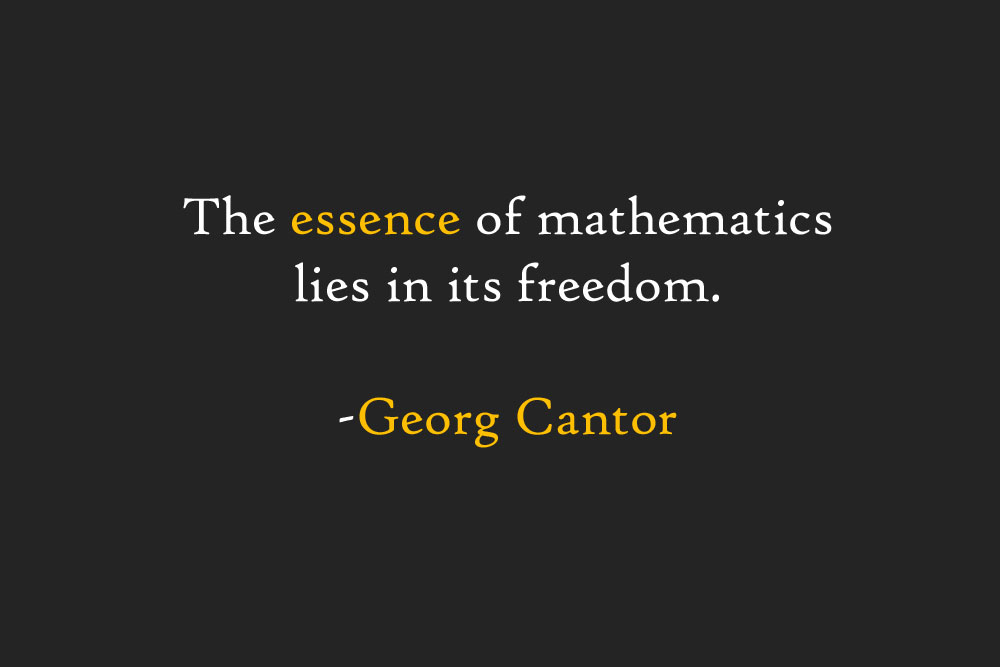Ex nihilo nihil fit ~ Parmenides
In this post, in order to solve the Wheeler-deWitt problem-of-time I discussed in my last post, and since string/M-theoretic braneworld cosmology offers the only solution in a unified C*-Heisenberg-algebraic sense, I must first analyse a field theory on a D-brane sigma world-volume and study the Dirac-Born-Infeld (DBI) action. Let me start by giving a proof that the DBI action has a symmetry under the transformation
of full
on a generalized Riemannian structure
First, I must prove the following relation
with the Riemannian metric on
and the metric on
Now, since is the pullback of the embedding map defined by the field
, we have
Thus, the determinants on the l. h. s. are those of the matrices, while the determinant on the r.h.s. is that of the
matrix distinguished by the index
. Now, the r. h. s. of
is the Lagrangian of the Dirac-Born-Infeld action and can be proven by combining the following relations of various determinants
1) Let be the symmetric part of
given by
and
and the inverse matrix of
, then we have
2) From
and the definition of , we have
3) Now, by using the explicit expression for , it follows that
Using these relations in 1), 2), 3), one can prove the representation of the DBI action given in
which is
The integral of the scalar density agrees with the DBI action
when evaluated on the leaf of
at
, hence, the DBI action is invariant under the world-volume diffeomorphism on the D-brane.
Now I am in a position to prove that the DBI action is not only invariant under the world-volume diffeomorphism but also under the full target space diffeomorphism and the B-field gauge transformation. Towards this end,
can be re-written as an integral over the target space as
where
is a Dirac delta function interpreted as a distribution along directions. The infinitesimal transformation of the full diffeomorphism and the B-field gauge transformation are parametrized by
. So the transformation of the integrand
is gotten from that of
and that of
And the glorious result is
with
being central to full diffeomorphism. This is the expected result since is a section of
On the other hand, the delta function transforms as
Now, combining, we get
as desired, hence, the transformation of the integrand in the DBI action
is a total derivative and the DBI action is invariant under full target space diffeomorphisms and B-field gauge transformations and the invariance within the static gauge is what will allow us to further analyse the Wheeler-deWitt problem-of-time.

